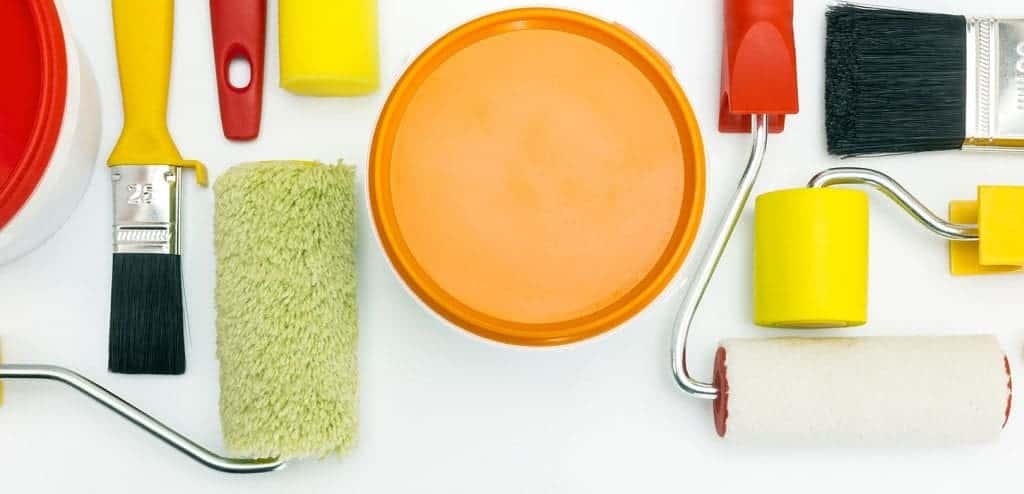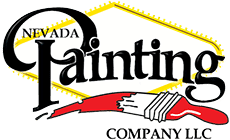
Tips for Painting in the Summer Heat
If you have ever attempted to paint in the summer, you may have noticed that your paint doesn’t exactly act as expected. The main reason for this is the Nevada summer weather causes the paint to lose water. The minute you add paint to your bucket or tray, water begins to evaporate.
The water in paint acts as a solvent that is intended to evaporate. However, that part of the process should not take place until the paint has been applied to the surface. If too much water evaporates during the painting process, the paint will dry too quickly.
Reconstituting Paint
The first thing you need to do when your paint loses too much water through evaporation is reconstituting the paint. Reconstitution is the process of adding water back to the paint so it is restored to its proper consistency.
A common mistake is reconstituting the same bucket of paint multiple times. This results in over thinning the paint, where the paint becomes so diluted that it is mostly water. Instead, use a separate bucket so you can thin the paint in smaller batches. When you are reconstituting paint, it is also important that you do not add more than 10% water to each batch.
Painting Orientation
Another common pitfall when painting outside is allowing direct sunlight to affect the drying time of your paint. If you are going to paint outside in the Nevada sun, you should work on a set schedule dictated by the position of the sun throughout the day.
Be prepared for an early start. You will need to begin the job on the south side of the property. This will give you enough time to move onto the west side of the building while it is still fairly cool. The east side can wait until later in the afternoon or early evening, giving it plenty of time to cool down after being directed bombarded by direct sunlight.
When it comes to painting in the sun, ice cubes are your best friend. When you are using a painter’s bucket, you will normally insert a liner into the bucket before adding paint. However, you can exploit this system to give your paint some added protection from the sun. Before you add your liner and paint, put a layer of ice cubes in the bottom of the bucket, and then add your liner and paint. The ice cubes will create a cooler effect, which will help prevent water evaporating.
Although painting according to the orientation of the building is important, it is not foolproof. Therefore, it is important to keep track of the temperature when you are painting. You cannot rely on the weather forecast alone, as temperatures can rise and fall on a whim. We recommend painting in temperatures falling between 50 F and 80 F. Once the temperature begins to climb higher, the evaporation process speeds up. The same principle applies when high temperatures are combined with low humidity.
Hot Weather Tips
To help you avoid hot weather painting issues, our team at The Painting Company has put together a tip sheet for painting in the summer sun. Follow these tips and there is no reason to put off your painting project until the cooler weather comes around.
Avoid direct sunlight at all costs, sticking to the shaded areas as the sun changes position in the sky.
Remember to limit the amount of water you add to your paint, as over thinning is just as bad as evaporation. The thinning agent should match the carrier for your paint type. Manufacturers provide extenders, which you can use if you are not confident in thinning the paint on your own. Do not leave paint out in the sun when you can avoid it, and reconstitute batches of paint in accordance with your breaks.
Keep your bucket or can cool using ice. For painter’s buckets, place ice in the bucket before the liner. If you are painting straight from the can, you can place the can in a container with a small amount of ice and water at the bottom.
Make sure you take advantage of the cooler parts of the day, such as early morning, late afternoon, and evening. If you don’t get up early you may feel rushed and risk painting when the sun is at its strongest.
The Painting Company is always here to offer further help and advice. Do not rely on guesswork when it comes to painting in the summer. We can help you get the most out of your project, ensuring that your paint stands the test of time, no matter the weather.
